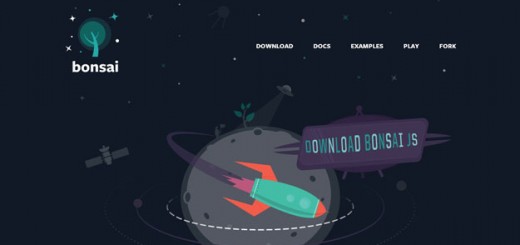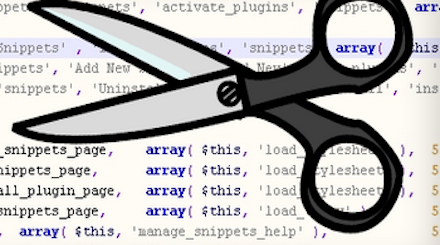Python has become very popular and must have choice for number of developers, both pro and beginners. Python is an easy to learn, has efficient high-level data structures and a simple but effective approach to object-oriented programming.
Companies like Google, Spotify, Pinterest, and Instagram use Python to power their software, which millions of consumers use across the world.
In this article we will discuss some of the popular and useful Python Tools that will enhance your programming skills and help you simplifying your workflow. You can learn faster by exploring and reading this fantastic Python ebook.
Don’t Miss —
10 Best Python IDE for Developers
Top 8 Python Libraries for Developers
1. Requests
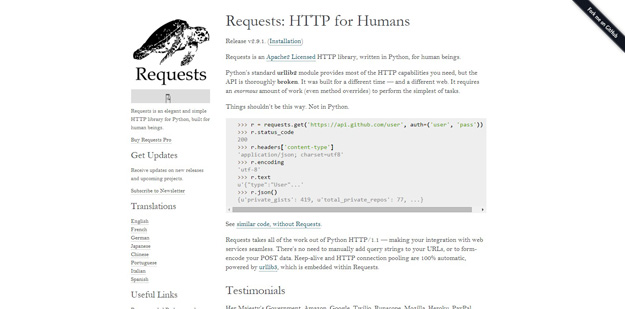
Requests allows you to send organic, grass-fed HTTP/1.1 requests, without the need for manual labor. There’s no need to manually add query strings to your URLs, or to form-encode your POST data. Keep-alive and HTTP connection pooling are 100% automatic, powered by urllib3, which is embedded within Requests.
2. Pillow
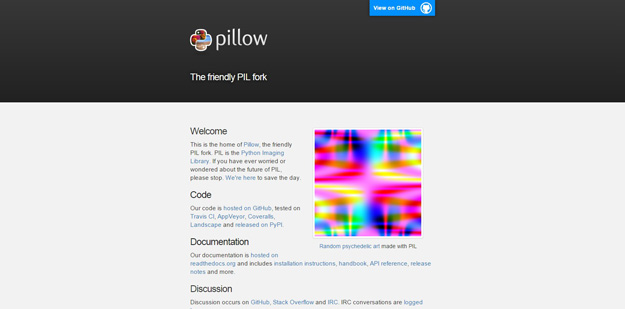
Pillow is a port of the widely popular Python Imaging Library, or PIL for short. Pillow can be used to create composite images, apply filters, modify transparency, overlay text, convert image file types, and much, much more.
3. SeleniumHQ
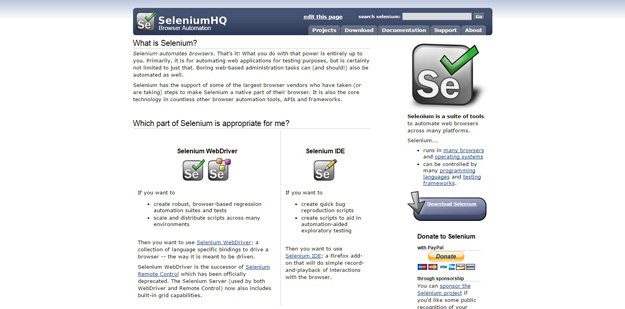
Selenium automates browsers. That’s it! What you do with that power is entirely up to you. Primarily, it is for automating web applications for testing purposes, but is certainly not limited to just that. Boring web-based administration tasks can (and should!) also be automated as well.
Selenium has the support of some of the largest browser vendors who have taken (or are taking) steps to make Selenium a native part of their browser. It is also the core technology in countless other browser automation tools, APIs and frameworks.
4. TQDM
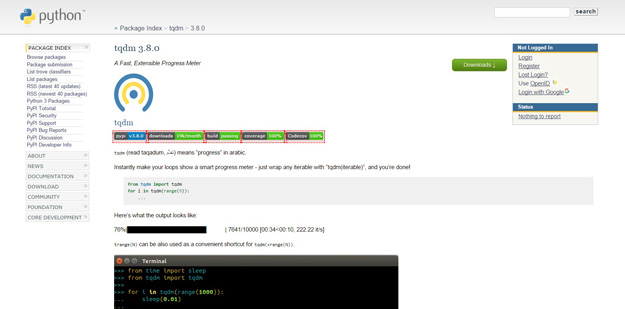
TQDM is an extensible Python progress meter. It lets you instantly make your loops show a smart progress meter with very low overhead.
5. PyInstaller
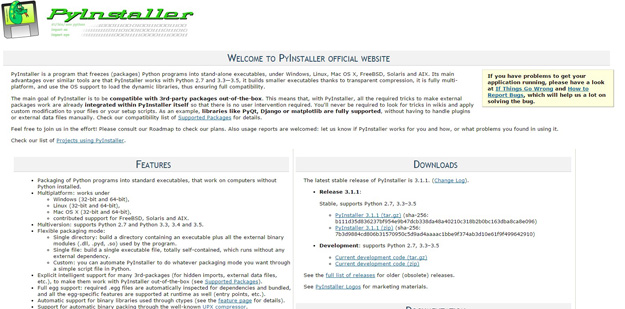
PyInstaller is a program that freezes (packages) Python programs into stand-alone executables, under Windows, Linux, Mac OS X, FreeBSD, Solaris and AIX. Its main advantages over similar tools are that PyInstaller works with Python 2.7 and 3.3—3.5, it builds smaller executables thanks to transparent compression, it is fully multi-platform, and use the OS support to load the dynamic libraries, thus ensuring full compatibility.
The main goal of PyInstaller is to be compatible with 3rd-party packages out-of-the-box. This means that, with PyInstaller, all the required tricks to make external packages work are already integrated within PyInstaller itself so that there is no user intervention required. You’ll never be required to look for tricks in wikis and apply custom modification to your files or your setup scripts.
6. Gooey
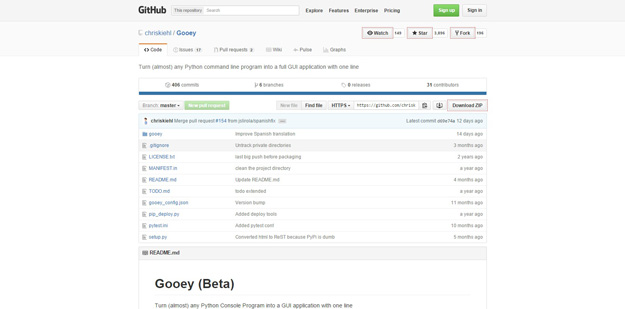
Gooey makes it easy to turn Python command line programs into full-fledged apps with graphical user interfaces. The best part is it only requires a single line of code.
7. Pexpect Python Module
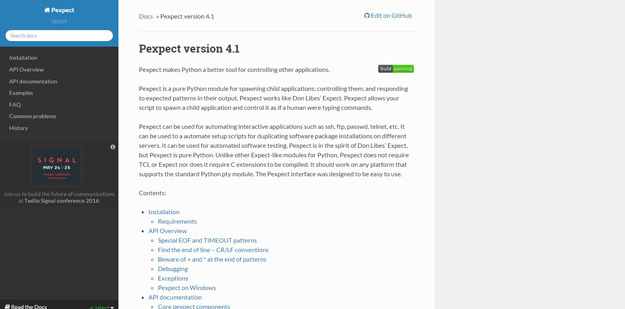
Pexpect is a pure Python module for spawning child applications, controlling them as if a human were typing commands, and responding to expected output patterns. It can be used for automating interactive apps, setup scripts for duplicating software package installation, and more.
8. Toga
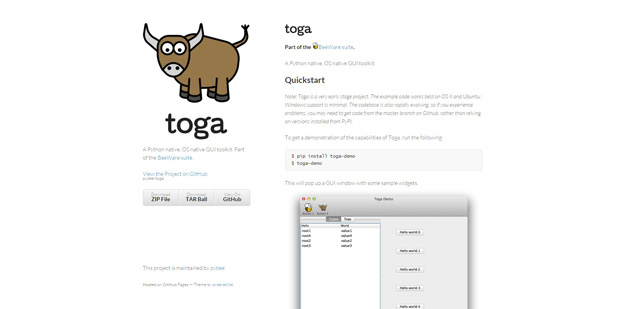
Toga is a Python and OS native GUI toolkit that’s part of the BeeWare suite. It’s an early-stage project and the example code works best with OS X and Ubuntu, with very limited Windows support.
9. Pyrasite
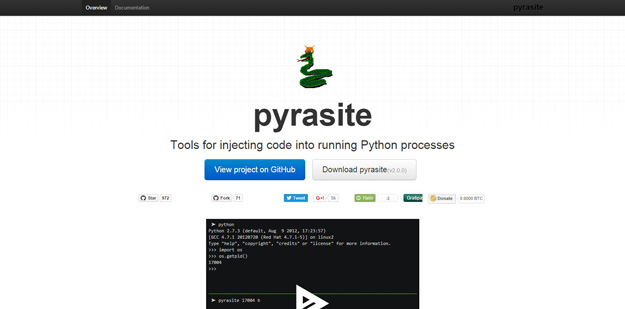
Pyrasite is a set of tools that lets you inject code into running Python processes. There’s even a GUI available for ease of use.
10. Pandas
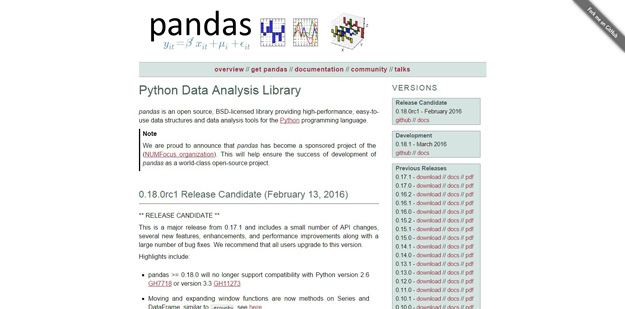
Pandas is a BSD-licensed Python library that provides easy-to-use data structures and data analysis tools. It helps fill the gaps where Python is weakest when it comes to handling data (analysis and modeling).
11. Matplotlib
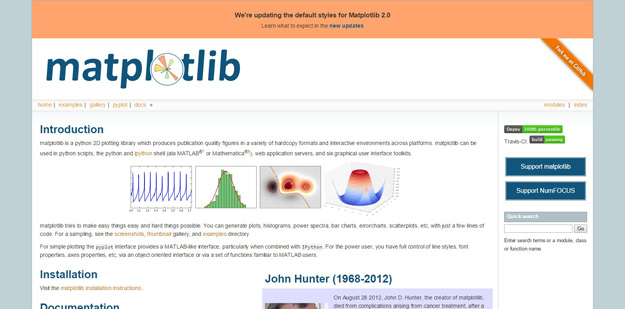
matplotlib is a python 2D plotting library which produces publication quality figures in a variety of hardcopy formats and interactive environments across platforms. matplotlib can be used in python scripts, the python and ipython shell (ala MATLAB®* or Mathematica®†), web application servers, and six graphical user interface toolkits.
You can generate plots, histograms, power spectra, bar charts, errorcharts, scatterplots, etc, with just a few lines of code. For a sampling, see the screenshots, thumbnail gallery, and examples directory.
12. Python Social Auth
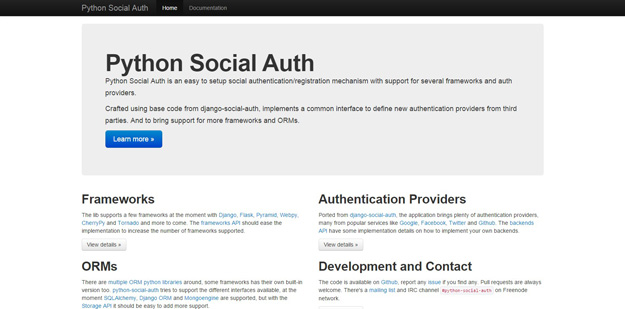
Python Social Auth adds social authentication and registration services to your Python app. It supports a few frameworks so far, including Django, Flask, Pyramid, Webpy, and Tornado, and works with Google, Facebook, Twitter, and Github for authentication.
13. Faker
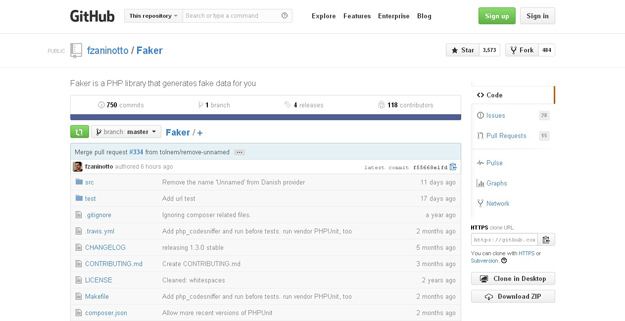
Faker is a Python package that generates fake data for you. Whether you need to bootstrap your database, create good-looking XML documents, fill-in your persistence to stress test it, or anonymize data taken from a production service, Faker is for you.
14. Arrow
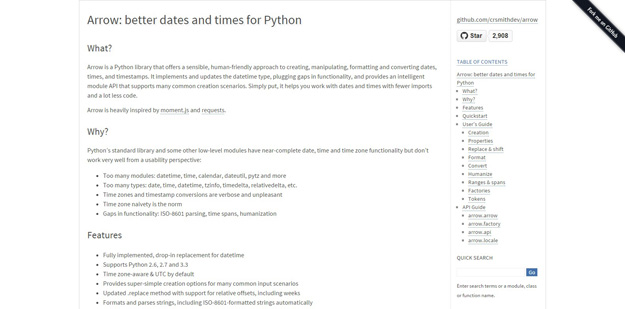
Arrow is a Python library that offers a sensible, human-friendly approach to creating, manipulating, formatting and converting dates, times, and timestamps. It implements and updates the datetime type, plugging gaps in functionality, and provides an intelligent module API that supports many common creation scenarios. Simply put, it helps you work with dates and times with fewer imports and a lot less code.
15. Music Player Core
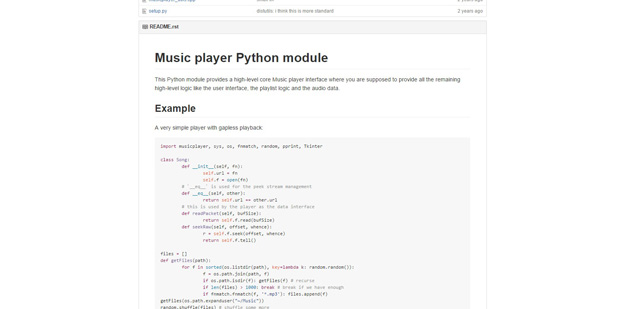
This Music Player Python module provides core audio player functionality while leaving you to write the high-level functionality (like playlist logic) yourself. It has a very simple interface, support for the most common audio file formats, and supports any sample rate, among other features.


